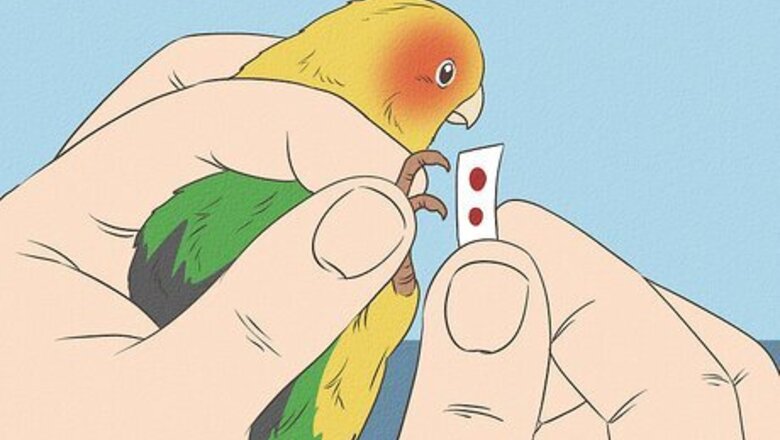
views
Foolproof Ways to Sex a Lovebird
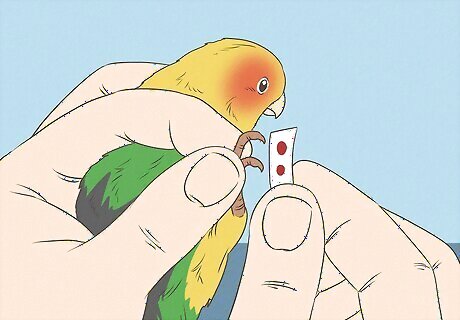
Get a blood test for your lovebird. The best and most conclusive way to find out a lovebird's sex is to get a blood test done. Your bird's DNA will be examined in a lab and you will have a conclusive answer as to the sex of the bird. Ask your veterinarian do perform a DNA test, if possible. Or, use an online sexing service such as iQ Bird Testing. With these, the sexing lab will send you a kit to take a DNA sample, and the sample is then mailed back to the lab. After a few weeks, they’ll contact you with the results.
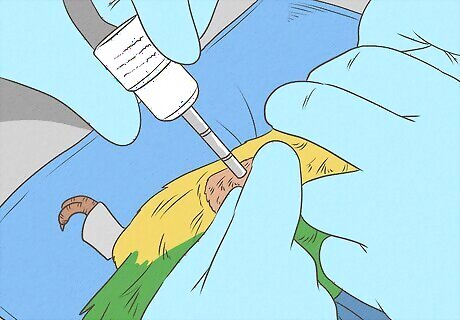
Get your bird surgically sexed. Ask your veterinarian if they perform surgical sexing. With this procedure, the bird is put under anesthesia, a small incision is made in their abdomen, and the veterinarian inspects their reproductive organs. This is an invasive procedure that is not usually suggested for pet birds. Instead, it is predominantly used by bird breeders. Surgical sexing is usually cheaper than DNA sexing but has many more downsides, such as the risk of illness and death associated with surgery. Once a bird is surgically sexed, a tattoo is usually applied to the bird to permanently mark it as male or female.
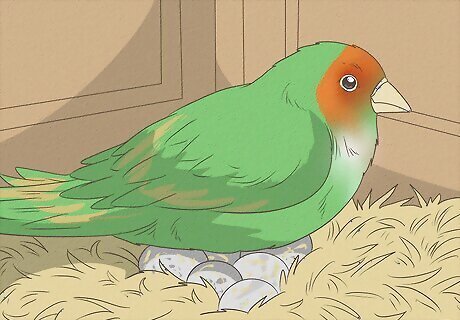
Watch for egg-laying. Only female birds lay eggs, so if you witness your bird laying, there’s your answer! That said, lovebirds in captivity largely shouldn’t lay eggs for health reasons (or unless you’re using them as a breeding pair), as it can be a great source of stress. If you do spot eggs in your bird’s cage, consult a veterinarian about how to discourage the behavior. Female lovebirds can lay infertile eggs even without a mate.
Physical & Behavioral Clues
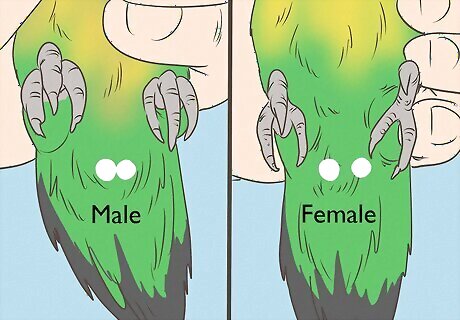
Feel if your lovebird’s pelvic bones are particularly wide. Feeling the distance between the pelvic bones can give you the most educated guess without lab procedures. Gently hold your bird on their back and lightly press on their vent area, or the area where their tail connects to their body, feeling for 2 bumps, which are the bird’s pelvis. Then consider: Female lovebirds need more width in the pelvic region in order to pass eggs through it, which means that if your bird’s “bumps” are farther apart than others’, they may be female. Because of this, female lovebirds may also have a generally wider stance than male lovebirds. This method requires comparison with 2-3 other lovebirds, plus a little practice. Even then, it’s not a surefire way to tell the sex.
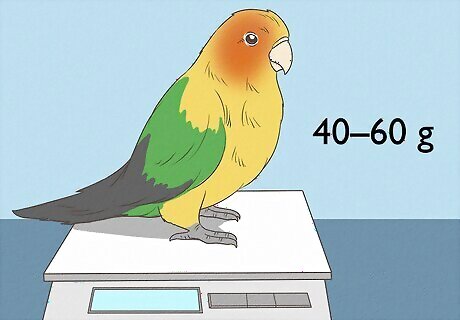
Consider your lovebird’s weight. Many speculate that female lovebirds typically weigh more than their male counterparts. Of course, just because a bird weighs more than another doesn’t mean it’s male or female—for example, it may just be a heavy male. That said, if your lovebird weighs more than 40–60 g (0.088–0.132 lb), that means it’s heavier than most, and may be female.

Examine the physical characteristics of dimorphic lovebird species. Only 3 species of lovebird are dimorphic, meaning that males and females have different physical characteristics. These are Madagascar (gray-headed) lovebirds, Abyssinian (black-winged), and red-headed lovebirds, none of which are often kept as pets. If do keep these as pets though, consider the following: In Madagascar lovebirds, the female has a greener head, neck and breast, while the male has more gray plumage in these areas. In Abyssinian lovebirds, males have a prominent red forehead and black wing feathers, while females have smaller areas of red on their foreheads and mostly green wing feathers. In red-headed lovebirds, males have a large red patch of feathers on their face, while females’ faces are more orange.
Avoiding Common Sexing Mistakes

Don’t rely on paper shredding and nest-building to sex your bird. In general, when lovebirds are interested in mating, they tend to shred paper, whether they are male or female. This seems to be true across species, with Fischer's and peach-faced lovebirds, for example, exhibiting the same behavior regardless of sex. Some argue that female birds are “better” at paper-shredding, and more often tuck shreds into their feathers to take to a nest, though males may also show this behavior.
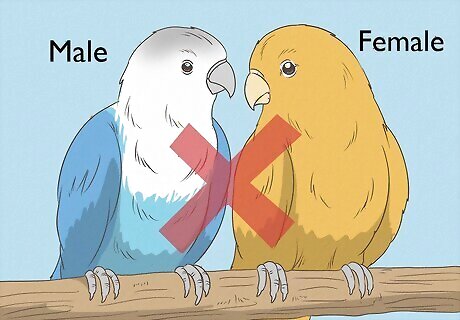
Don't assume that a bonded pair of lovebirds are male and female. If lovebirds are kept in a pair, they tend to form an intense bond, no matter the sex of either bird. Birds kept together will become a unit, and bonded pairs of the same sex are even known to work on nesting together.


















Comments
0 comment